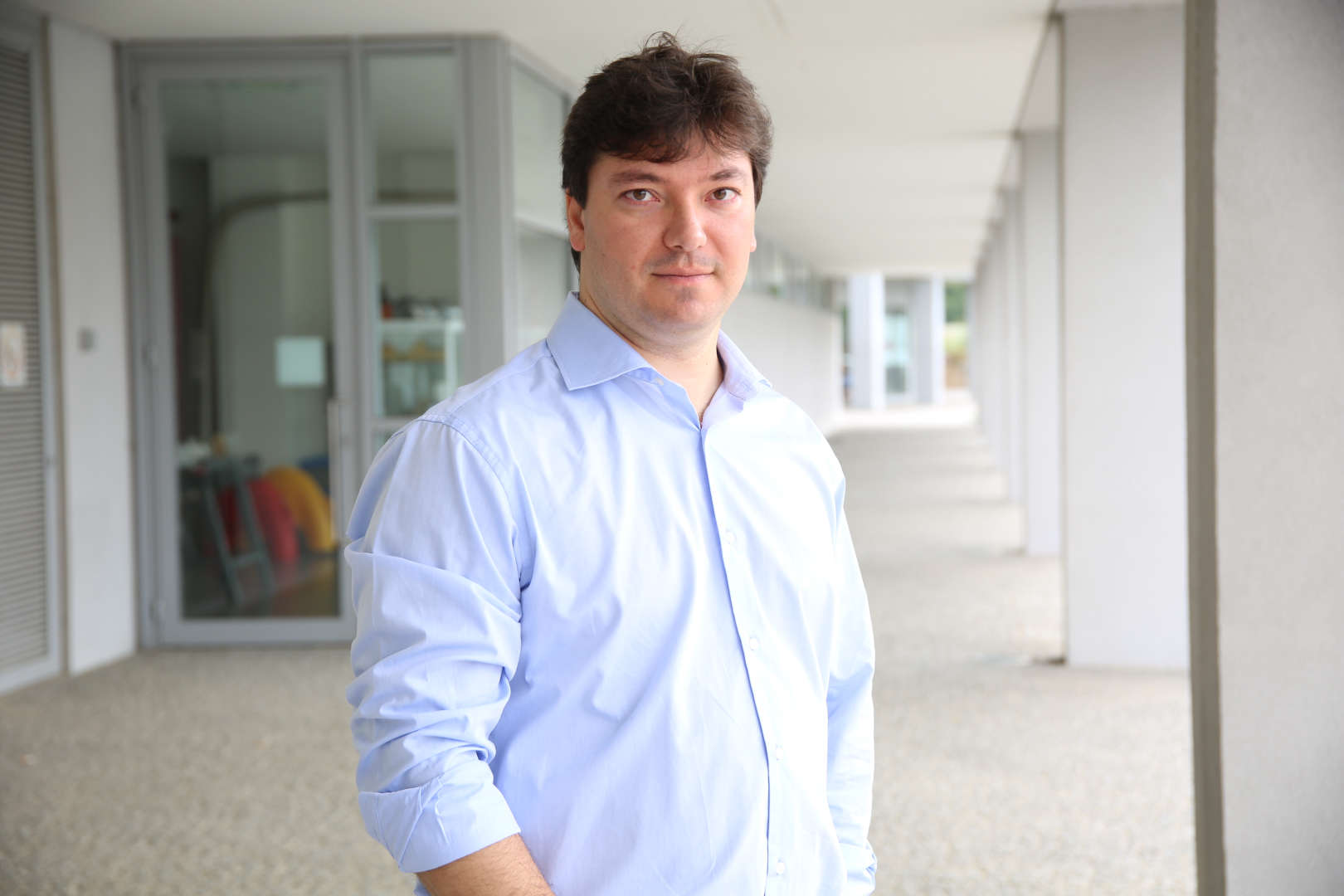Sobre
Olá! Chamo-me Daniel e sou uma das muitas pessoas envolvidas na investigação no INESCTEC. O grupo a que pertenço, o Centro de Fotónica Aplicada (CAP), é fantástico e tanto a amizade como a cooperação são características facilmente encontradas por aqui.
Iniciei a minha carreira como professor universitário em 1999 quando fui convidado para trabalhar como monitor no Departamento de Física da Universidade de Trás-os-Montes e Alto Douro enquanto terminava a licenciatura em Engenharia Eletrotécnica. Atualmente sou professor auxiliar.
Em 2002 comecei a colaborar como investigador no INESC que se tornou na minha Instituição de acolhimento tanto no curso de mestrado como durante todo o tempo do meu doutoramento, ambos no Departamento de Física da Faculdade de Ciências da Universidade do Porto. Através de todos esses anos, alguns membros do grupo estavam especialmente interessados em micromaquinação e microfabricação. Este interesse concretizou-se em vários equipamentos foram e continuam a ser desenvolvidos, especialmente na área de escrita direta com laser onde eu ajudei tanto com o hardware como com o software e também com a caracterização do processo de escrita. As minhas atividades de pesquisa incluem guias de ondas fabricadas em solâ??gel híbrido, sensores óticos integrados e técnicas de escrita direta a laser para ótica integrada e microfabricação.


